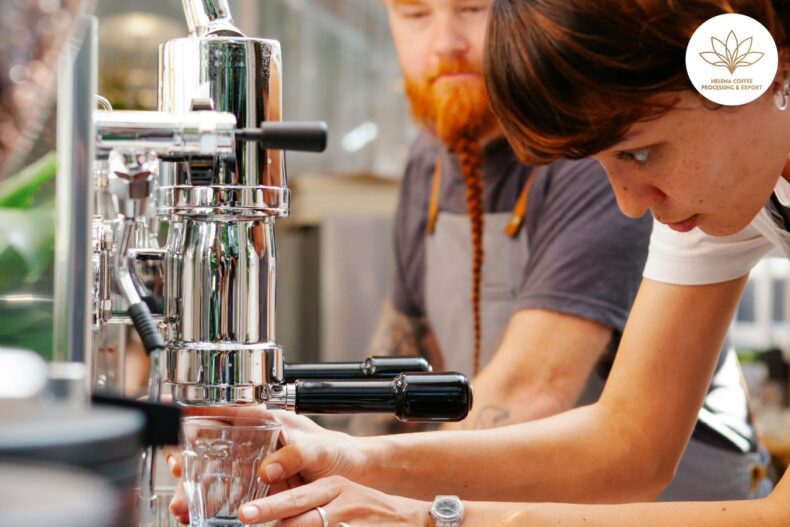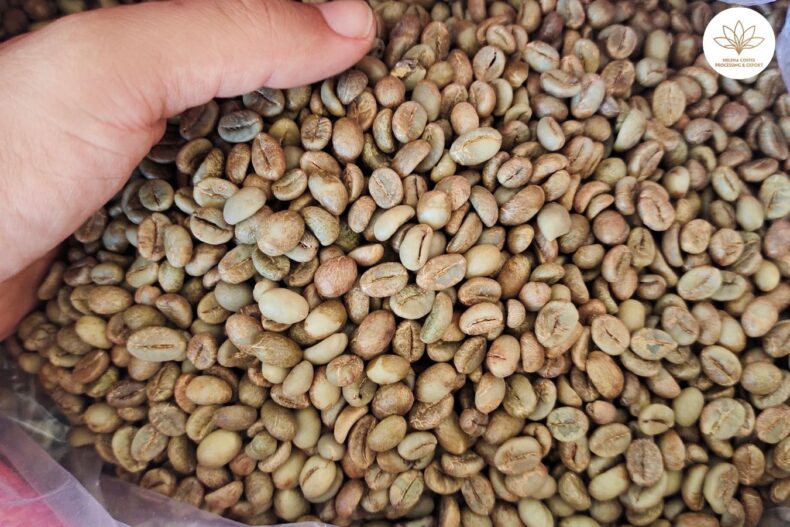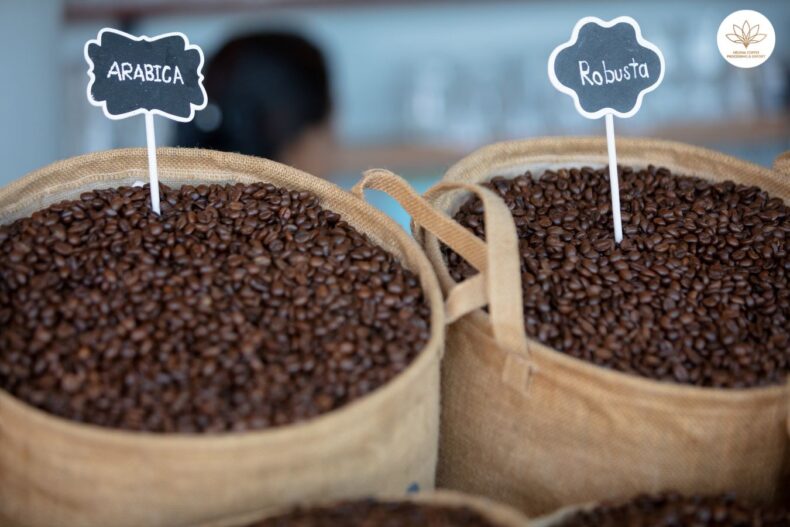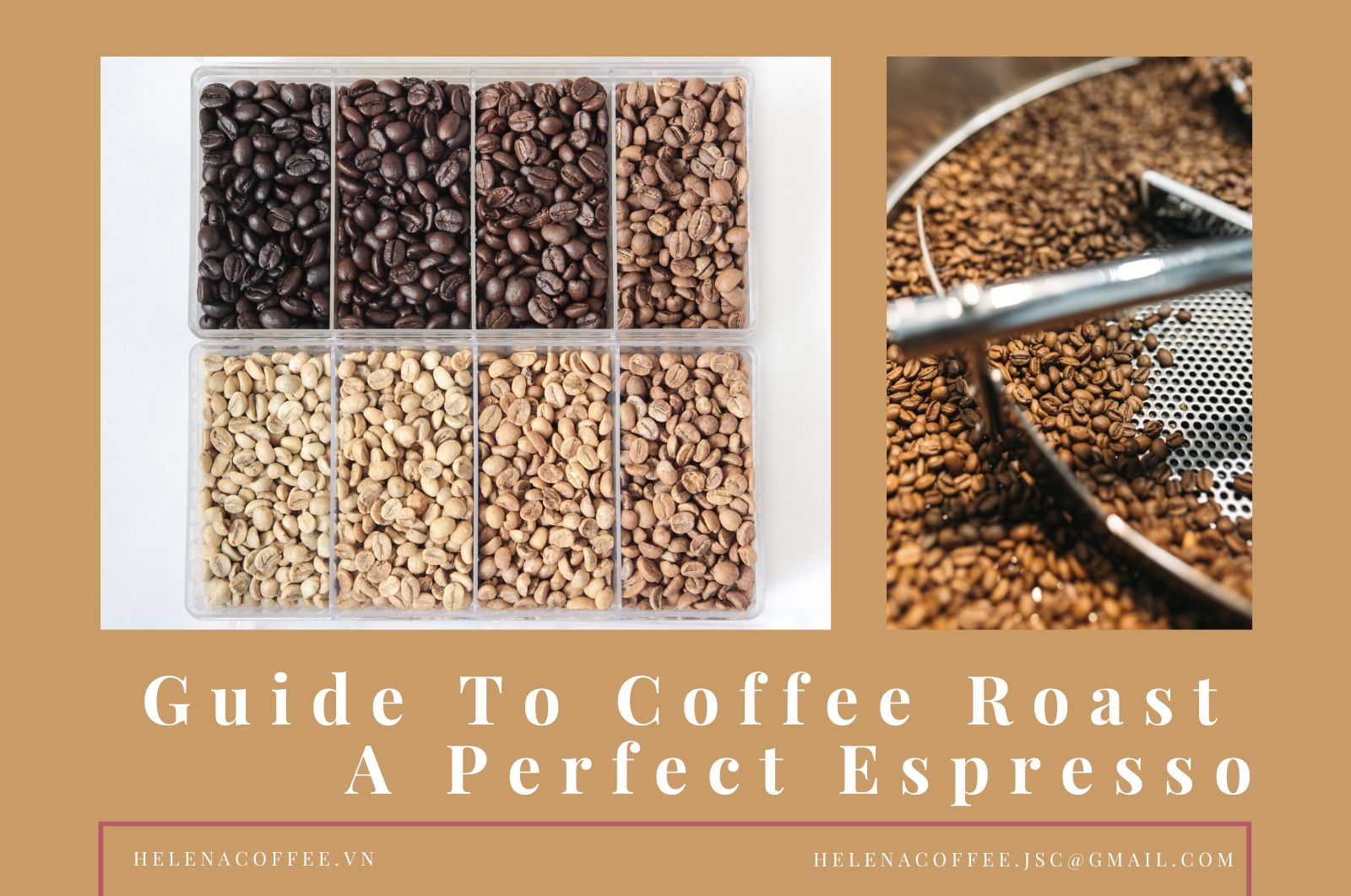
Guide To Coffee Roast: A Perfect Espresso – Fighting over which coffee makers might provide the greatest cup is actually pointless if you don’t pause to think about the coffee you are using in that machine. You must truly understand the coffee roast you require for the coffee brewing method you will ultimately be using in order to make the best option in coffee.
The single most crucial factor in determining the flavour, aroma, body, and final taste of the coffee in your cup, for instance, is the coffee roast.
Most coffee lovers require a coffee roasts guide to comprehend the process that takes beans from being soft and pliable on a branch to what you get in your cup. Making the best decision for the brewing technique you’ll employ will be aided by having a basic understanding of coffee roasts.
What’s a name worth? coffee roast
In the past, a specific roast was identified by the geographical region it was connected with, such as Italian, French, City, or New England.
Because a geographic region was frequently linked to a very particular brewing style and the names given to the coffee roasts were in line with the local brewing technique For instance, you might infer that a “Italian roast”—the well-known Italian brewing technique—was created.
The nomenclature connected with coffee roasts has really changed over time and as our coffee cultures have blended.
It becomes more and more challenging to accurately identify the type of coffee roast that is in the bag when you factor in the fact that marketers are trying to utilise language to lure customers by utilising seductive words and phrasing.
Selecting the best coffee for an espresso
You have now done the research and have discovered the ideal machine. Understanding how to make the ideal espresso is the next step. To make the ideal espresso, three factors must be taken into account: the bean, the roast, and the brew.
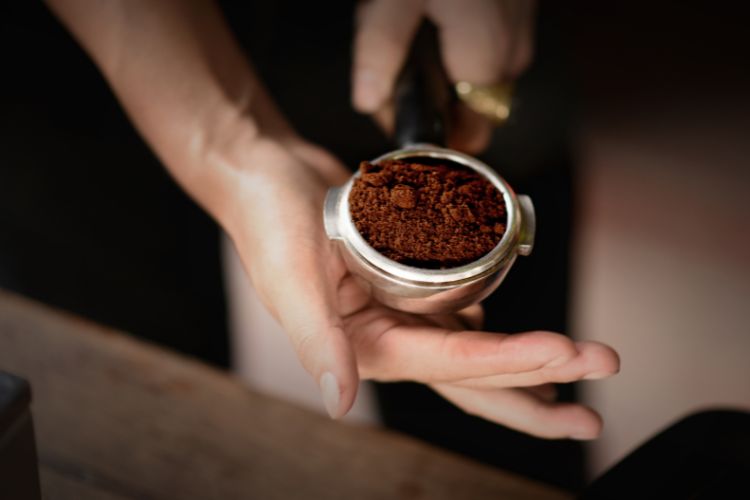
It is crucial to make clear that there is no such thing as an espresso bean before continuing. Espresso is a brewing technique. Only coffee beans are present.
The roast is what makes coffee beans unique. Light to dark roasts of coffee beans are possible. The best beans for espresso are those that are roasted in the medium- to medium-dark range.
Think about the coffee bean’s origin
Like any chef, a dish will always be better if it starts with high-quality components. The same is true for coffee: chefs want to know where their ingredients are grown.
The country, climate, and altitude of the bean’s origin all have an impact on the final product’s flavour.
Additionally, you should be aware that there are two main varieties of beans: Robusta and Arabica. Each factor affects how coffee tastes.
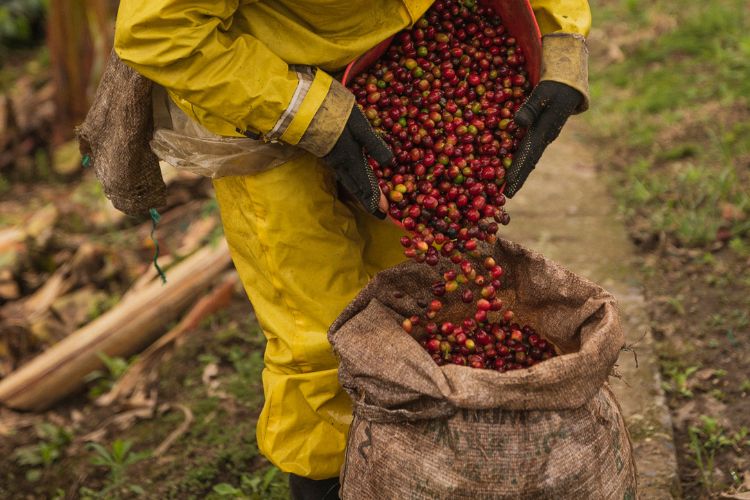
Robusta is notable for its caffeine content and earthy flavour notes since it grows at lower elevations. Robusta’s high oil density is another factor in how much crema an espresso has.
On the other hand, the Arabica species flourish at greater altitudes. Robusta is far more readily available than Arabica, but only 1% to 2% of the world’s crop of Arabica is of the superior calibre that offers the flavours and fragrances that espresso consumers anticipate.
The qualities that beans from different parts of the world bring to a cup of coffee, combined with the contributions of both Robusta and Arabica, are what give espresso its ultimate rich, complex flavour.
While single origin roasts are great for some brewing techniques, blending bean types results in an espresso that is richer. Because of this, mixes, or “miscela” as the Italians call them, are the roasts best suited for espresso. This Italian barista gives a clear explanation.
Think about how the coffee bean is roasted
Did you know that green coffee beans begin their lives? Fresh coffee beans are wet, green, and smell like the earth. They acquire their dark colour and flavour through roasting.
Coffee beans undergo roasting to transform them into the crisp small beans whose aroma, when brewed, motivates us to get out of bed in the morning.
You need to arm yourself with the fundamental knowledge of coffee roasts and how they effect the flavour of your cup before you can correctly select which flavour profile you favour.
It’s a good idea to start with this guide to coffee roasts.
Light roasts
You can learn a lot about the roast level of beans by looking at their colour. Compared to darker roasts, lighter roasts are roasted for a shorter amount of time. Of all the roasts, they finish up having the palest brown appearance.
Around 350°F to 400°F, coffee beans start to take on their final roasted form. The term “first crack” refers to the initial signs of cracking in beans, which indicate the beginning of moisture extraction.
Typically, light roasts are not cooked past the initial cracks.

The beans will be the dry and have little to no oil on the surface. Their flavour is more earthy. Light roasts pack the biggest caffeine punch since dark roasts lose their caffeine during roasting.
The most acidic beans are those that are roasted more lightly. The term “acidity” in the context of coffee does not apply to PH balance or to flavours that are perceived as “sour,” such as lemon.
How close the bean is to its original green or fruity state is more important than acidity. A bean loses acidity the more it is roasted since it is removed from its “natural” state.
While any roast can be utilised in any brewing technique, a light roast won’t yield a satisfying espresso. A mild roast will result in an expresso that is flat and lacks the richness and velvety finish that are typical of espresso.
Medium roast – coffee roast
The temperature for “medium roast” beans is between 410°F and 430°F. Medium roasts are roasted to the “second crack” after the first series of cracks.
They typically have a slightly deeper brown colour. In comparison to lighter roasts, the coffee will have a somewhat more rich flavour and colour.
Even though there won’t be any oil on the beans’ surface, the flavour will be a little less acidic than with lighter roasts. In comparison to their lighter cousins, they will taste more balanced and have a tiny bit less caffeine.
The ideal roast to start experimenting with in your search for the ideal espresso is medium roast.

Medium – dark roast
The colour of the beans will be rich and dark, and some oil will be visible on the surface, if they are roasted for a little while longer than the “second crack.” Compared to medium roasts, the roasting temperature is around 25°F greater.
The roasting time for these beans is between the start of the second crack and the middle of the second crack.
The fragrances of the beans when roasting medium-dark roasts will be quite representative to the flavour.
Based on the beans’ origin and age, flavours might range from bittersweet to spicy, chocolaty, or caramel.
Roasts that are medium-dark will get body. Body is a term used to describe the beverage’s physical characteristics and is connected to feelings of fulness, roundness, richness, and density.
Espresso should only be made with medium or medium-dark roasts, according to Italian baristas.
Dark roast – coffee roast

The outside of dark roasted beans is lustrous and greasy. Their colour will range from dark to almost black.
More than 100°F higher than light roasts, these beans are cooked to the maximum level. To the second crack or longer, they will be roasted.
Their flavours might be more robust, nearly burned, and smokeier. Only true coffee connoisseurs should use dark roasted blends in french presses and other more traditional coffee brewing techniques.
The flavour is too intense for the majority of folks.
How espresso machines can be affected by coffee roast
Remember that the type of beans you chose might affect both your machine and the flavour of your coffee. Beans that have been overroasted are oily and create a greasy deposit on every part of your machine, including the bean hopper and brew unit.
This oily residue can eventually get sticky and gummy, which can be harmful. Make sure to clean components if you’ve been using excessively roasted, greasy, or darkly roasted beans to guarantee that your machine will make great espresso.
Additionally, think about whether the roast you’re using is indeed too dark.
The experience of tasting the coffee for yourself is far superior to having a guide describe what different coffee roasts should taste like. Knowing what kind of beans you’re getting is empowering whether you drink coffee every day or just occasionally enjoy an espresso.
When you order a cup of coffee, you should be aware of what to anticipate. Now, more upscale coffee shops will enquire if you prefer their light roast or dark roast. The first step in creating your own coffee tastes is to understand coffee roasts.
After learning about coffee roasts, you can start investigating different brewing techniques. Finding a roast that works with the brewing technique is the trick.
You will enjoy the pleasure and fulfilment of a delectable cup of coffee or espresso when you find the ideal match, which is truly a match made in heaven.
Choosing the right coffee roast can be challenging. The main components of the ideal cup include whole bean or ground, light or dark roast, and desired brewing method. Understanding each roast profile can help you choose what flavour notes will brew through and how your coffee will taste.
